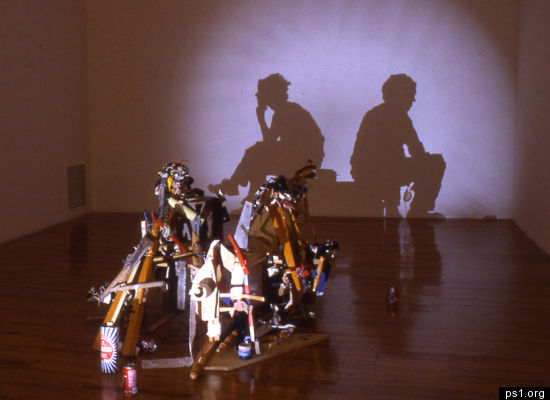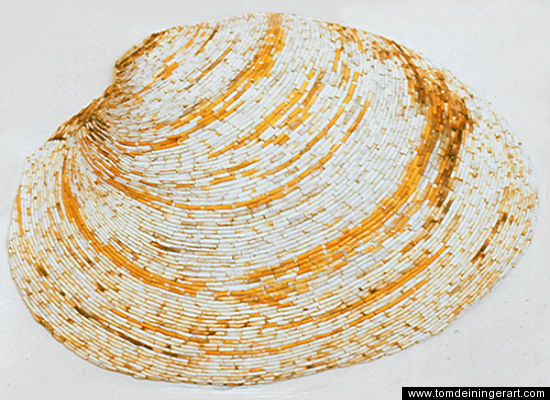
Researchers from the University of Oklahoma's Center for Restoration of Ecosystems and Watersheds have found a more natural, less labor intensive way to remove pollutants from mining locations. They use a passive water treatment system consisting of a series of filtering ponds. The water moves through each pond which removes certain contaminants as it slowly moves from one cell into the other before being re-released into natural waterways.
Their first study was in Oklahoma at the Tar Creek Superfund Site, part of the historic Tri-State Mining District of Oklahoma, Kansas and Missouri. The large multi-cell passive treatment system for lead and zinc covers about 2 hectares total surface area. It includes an initial oxidation pond followed by parallel trains consisting of aerobic wetlands, vertical flow bioreactors, oxidation ponds (with active re-aeration via wind and solar power) and horizontal-flow limestone beds. Waters from the parallel trains are recombined in a polishing wetland prior to final discharge into Tar Creek.
In this study they are monitoring water quality changes, substrate pore water analyses, microbial activity, vegetation as ecological structure and its function, stream biogeochemistry, community studies and the potential for bioaccumulation.
They have extended their research into Potosi, Bolivia which is plagued by extensive environmental contamination from past and current mining operations. Annual discharges can be in the hundreds of tons of zinc, iron, lead, cadmium, arsenic and other toxic minerals. As in the photo above, the water moves from an orange sludge to clear water with this passive process. It is powered by the sun, wind and gravity and only requires checking once every 3 months.
Bolivia does pose a different scenario since it is at 16,000 feet in elevation, receives very little rain and is a desert compared to the flatlands in Oklahoma where the other project is currently. This project would clean up the water in the area which poses a health risk since it is used for irrigation of staple root crops by the local farmers.
This project and others like it are an example of how engineering and science can solve some of our water problems now and in the future. The 3rd Biennial University of Oklahoma International WaTER Conference is scheduled for Sept. 23-25, 2013, in Norman, Oklahoma.














